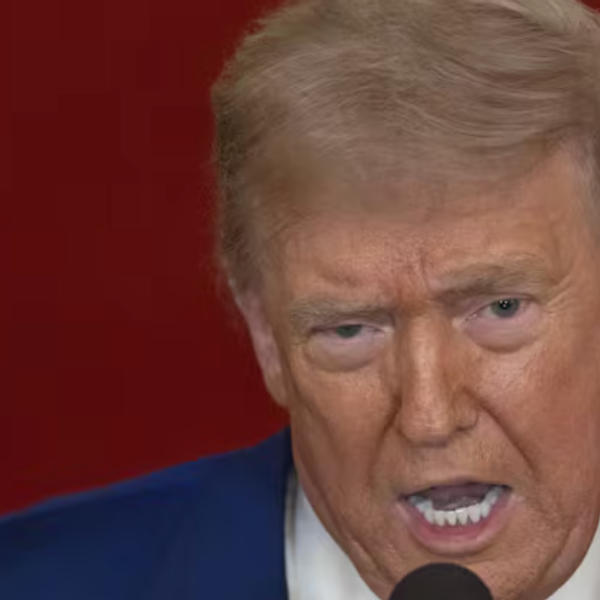March 16 (Bloomberg) — The most important thing to understand about the Federal Reserve’s latest stress tests is what they were not intended to do. Their purpose wasn’t to test whether the nation’s biggest banks could survive a financial blowup like that of 2008 without government assistance.
Rather, the Fed designed its tests to measure the effects a hypothetical crisis would have on banks’ regulatory capital. Capital is the financial cushion a company has available to absorb future losses. While the Fed would like for us to believe that regulatory capital is the same thing, it’s quite different. And too often it bears little resemblance to reality.
That’s why the results of the Fed’s “comprehensive capital analysis” are more about public relations and manufacturing confidence than they are about disseminating reliable information on banks’ health. Citigroup Inc. was deemed well capitalized under the government’s methodology when it got bailed out in 2008. So was CIT Group Inc. when it filed for bankruptcy in 2009.
Of the 19 bank-holding companies tested by the Fed, four failed: Citigroup, SunTrust Banks Inc., MetLife Inc. and Ally Financial Inc., which is majority-owned by the U.S. government. Nobody would have seen the Fed’s exercise as credible if all 19 had gotten passes.
On the flip side, just because some banks flunked doesn’t mean the test was credible. Quite the contrary, to buy into the Fed’s conclusions, you would have to accept the theory that market values for many types of financial instruments don’t matter in a crisis. This would be foolhardy.
How stressful were the Fed’s tests? One anecdote stands apart: Regions Financial Corp., which still hasn’t paid back its bailout money from the Troubled Asset Relief Program, passed.
The footnotes to the company’s latest financial statements tell the story. There, the Birmingham, Alabama-based lender disclosed that the loans on its books were worth $8.1 billion less than what its balance sheet said, as of Dec. 31. By comparison, the company’s tangible common equity, a bare-bones measure of net worth, was $7.6 billion.
So if it weren’t for the inflated loan values, Regions’ tangible common equity would have been less than zero, with liabilities exceeding hard assets. In short, the test was a joke, although it had its intended effect. Shares of Regions and other large banks soared, and Regions raised $900 million selling common shares on Wednesday. The company, which hasn’t reported an annual profit since 2007, plans to use the money to help repay the $3.5 billion it got from the Treasury Department in 2008.
Tangible common equity became the capital benchmark of choice for many investors during the last U.S. banking crisis, because the government’s main capital measures lost credibility. It excludes preferred stock, which in substance acts more like debt than it does equity. It also excludes airy intangible assets such as customer relationships and goodwill. (Goodwill is the bookkeeping entry a company records on its balance sheet when it pays a premium price to buy another.)
To calculate tangible common for Regions, I took the company’s $16.5 billion of shareholder equity and subtracted its preferred equity and intangibles. That’s how I got $7.6 billion.
Then I went a step further and adjusted Regions’ remaining net worth to get a more realistic measure. In a crisis, what matters to investors and counterparties about a company’s assets is what they are worth, not what they are carried at on the company’s balance sheet. Just ask anyone who got a margin call back in 2008.
Fortunately, companies are required to provide quarterly footnotes showing the estimated fair-market values of their financial assets and liabilities, including loans and other items that appear on their balance sheets at historical cost. Factoring in those adjustments, Regions’ tangible common equity was negative $525 million as of Dec. 31.
The Fed’s analysis, by contrast, didn’t take changes in liquidity or market conditions into account when estimating the future losses on banks’ loans or securities, except where the companies were using fair-value measurements for such assets already. A company might have large paper losses in its “held to maturity” or “available for sale” bond portfolios, for instance. The Fed said such losses only counted if they were due to a bond issuer’s inability to pay its obligations, as if that were the only factor affecting bond prices.
Similarly, were Regions to sell its loans, it wouldn’t be able to realize the $73.3 billion it showed as an asset on its balance sheet. In the footnotes, Regions estimated its loans were worth $65.2 billion using the values that “a market participant would use in a hypothetical orderly transaction.” The Fed ignored these values.
In a press release, Regions Chief Executive Officer Grayson Hall said the Fed’s capital review “demonstrates the strength of our company.” If you want to see how strong Regions really is, though, the footnotes offer a clearer picture.
Regions probably would have failed years ago if not for its federal backstop. Instead, it now has a stock-market value of $9.1 billion. Clearly the Fed wanted it to attract new investors, and those who put fresh capital into Regions this week believe the government won’t let it die. That about sums up the company’s value proposition. In other words, we’re all still on the hook.
(Jonathan Weil is a Bloomberg View columnist. The opinions expressed are his own.)








